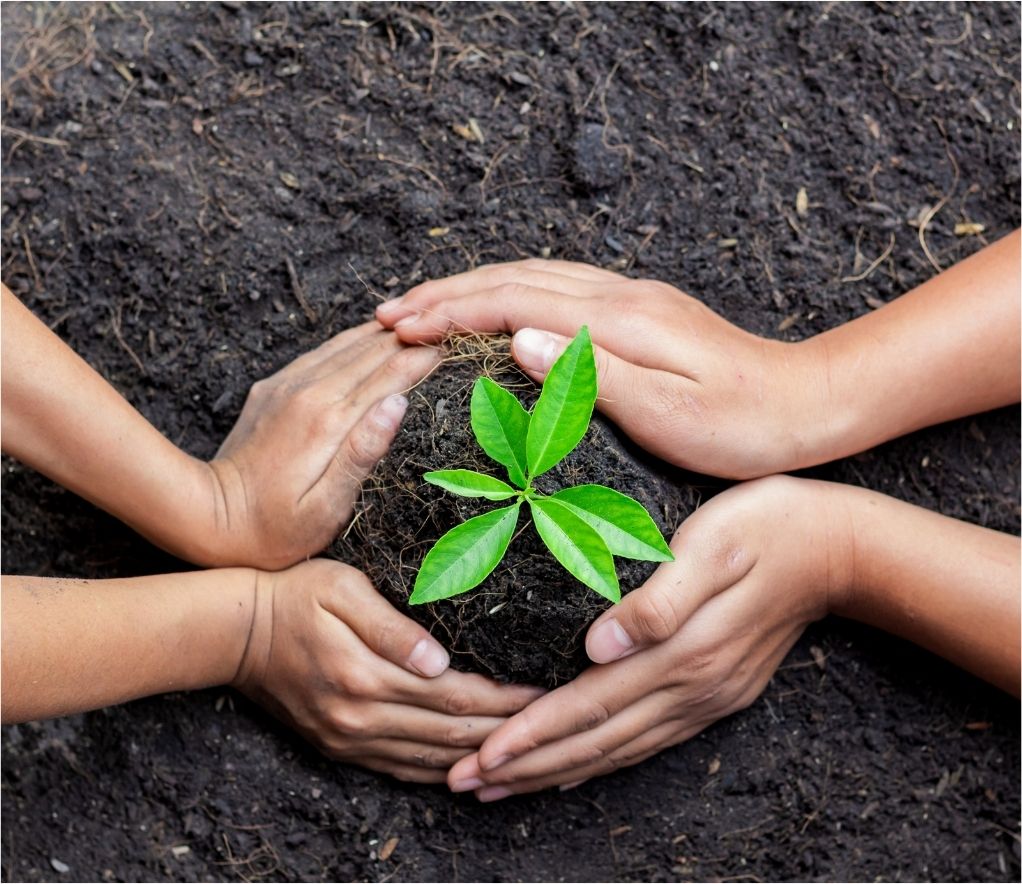Did you know that by adopting more sustainable agricultural practices, we can preserve the biodiversity and fertility of our soils?
Globally, over 60% of productive soils are at risk due to degradation and erosion.
In our country, known as “Europe´s Orchard”, conserving the quality of the soil is economically and culturally essential.
Overview
Strong soils, firm future
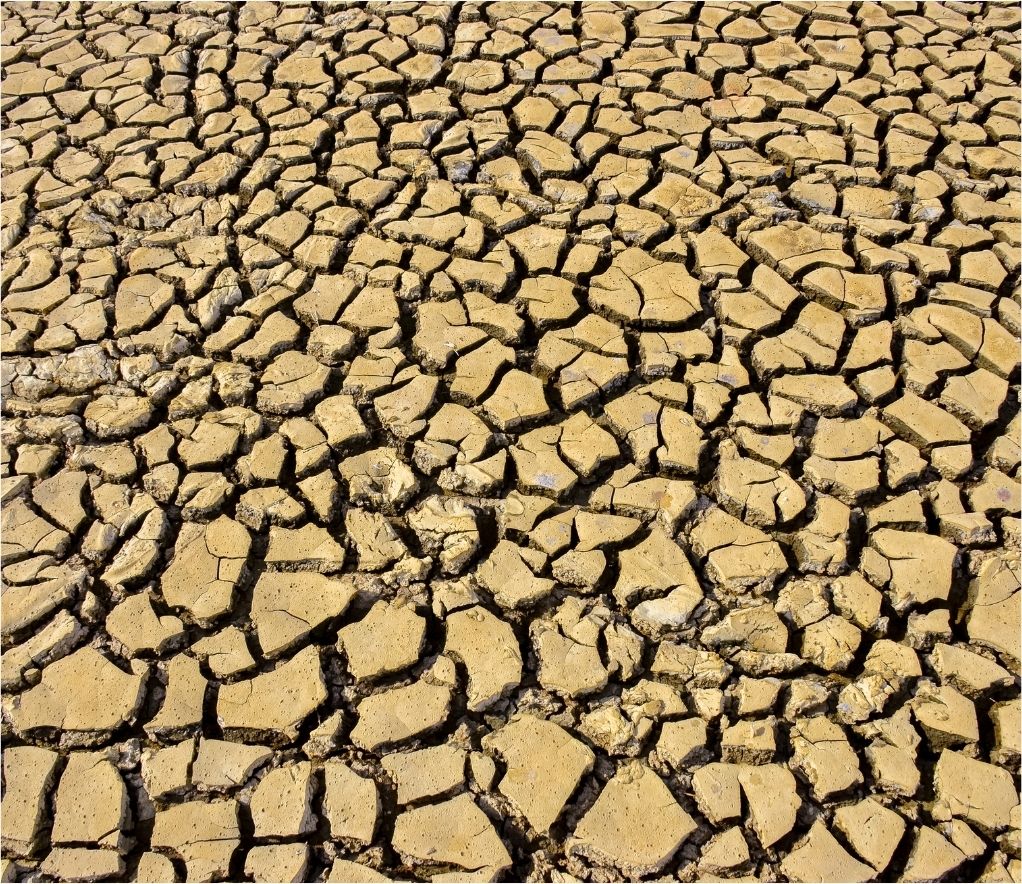
- Soil health is crucial for the balance of nature and thus our well-being.
- The loss of fertile lands impacts food security and the local economy.
- The current overexploitation of soil is degrading this resource, causing significant imbalances that threaten our future.
We invite you to join us in preserving our land and the future of upcoming generations.
Committed to a sustainable future through soil care
Access to fertile soil is crucial to propel our livelihood systems as well as our ability to prosper as interconnected communities.
We prevent soil overexploitation through innovative agricultural practices that respect its fertility, ensuring a balance that benefits the earth and the communities that depended on it.
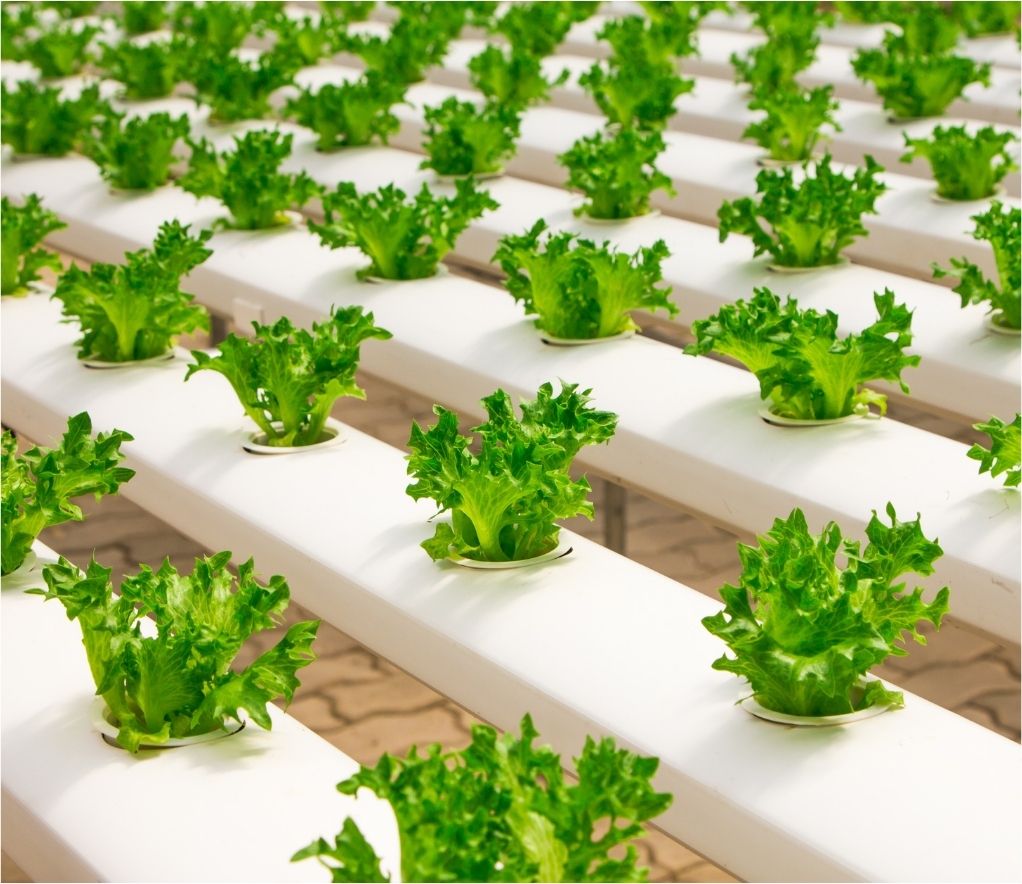
The health of our soils: because preserving our land is a responsibility, we all share
Soil erosion, pollution, and progressive desertification lead to the depletion and loss of biodiversity, compromising its viability and our future.
The loss of fertility in our lands, exacerbated by overexploitation, is a problem that affects all of us.
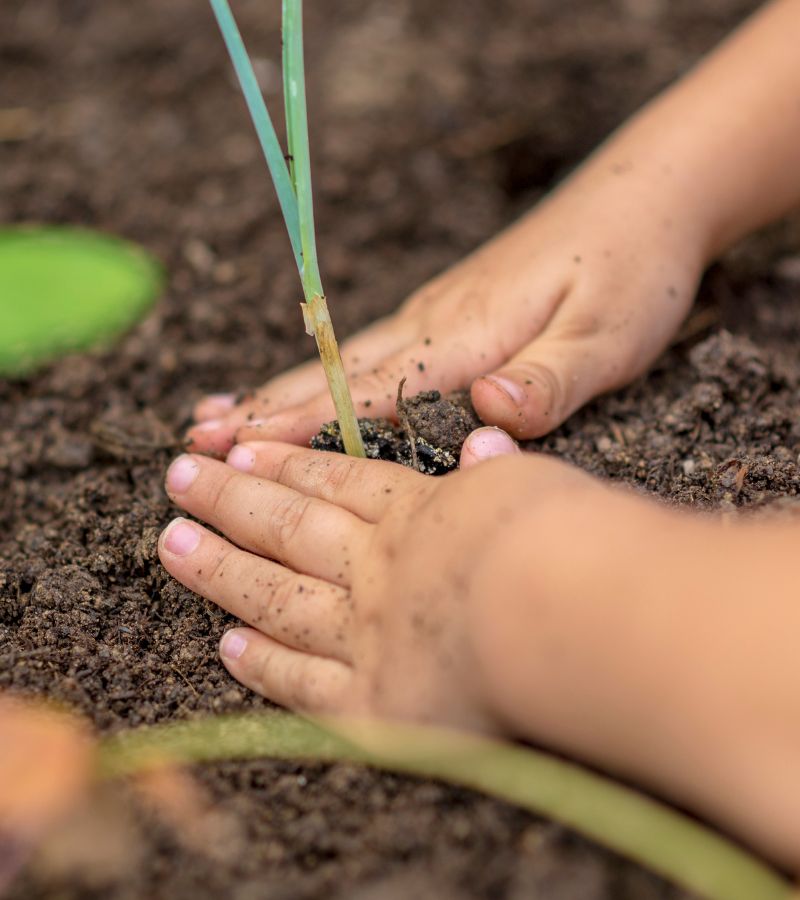
To mitigate climate change, its effects, and to preserve biodiversity, it is essential to maintain healthy soil and reduce negative impacts on it to allow for its regeneration, as this is the only way to ensure abundant and nutritious harvests.
By protecting and promoting life in the soil, we are investing in a healthier and more sustainable future for our planet and future generations.
Let’s take care of the land that takes care of us!
If you want to know more
Soil is teeming with life, hosting up to a quarter of the planet's biodiversity
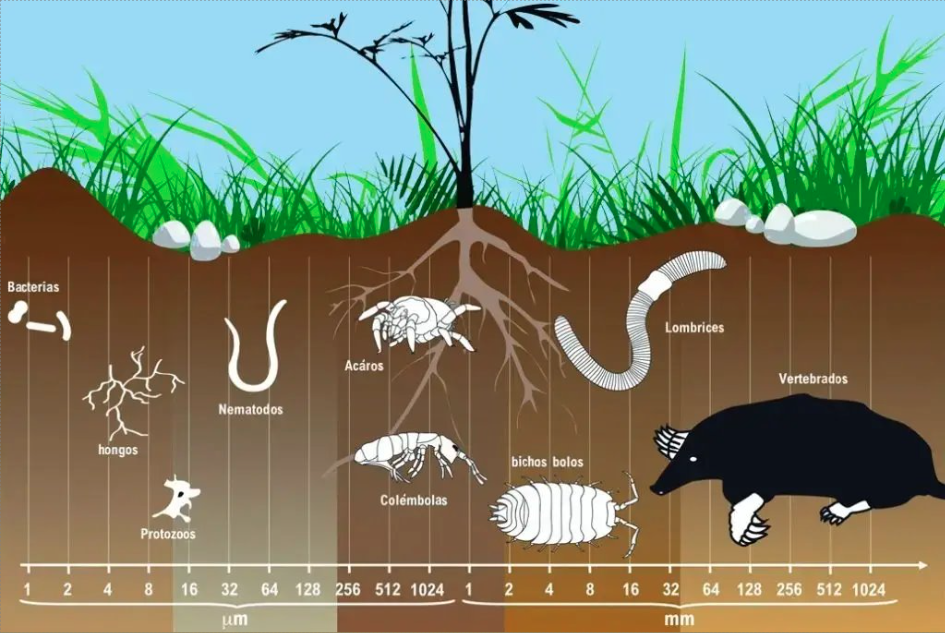
We face multiple issues that challenge the health and vitality of our soil
Erosion
Erosion
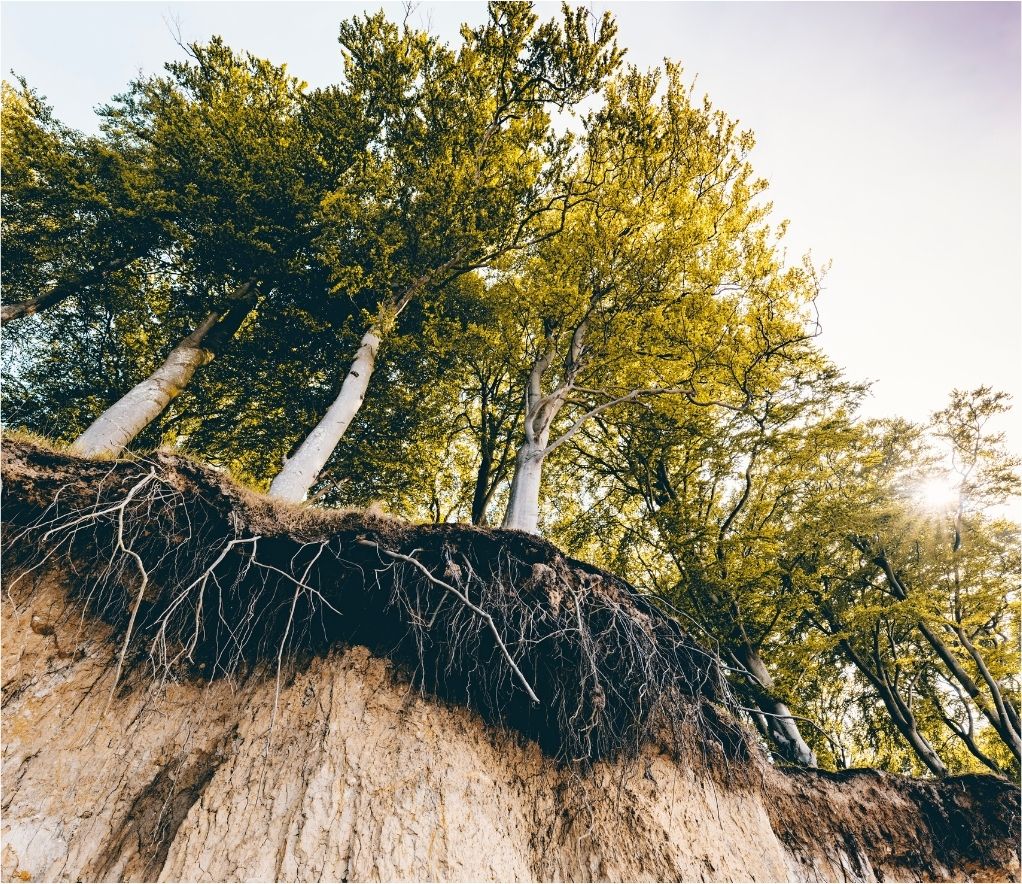
Soil erosion, while a natural process, is significantly accelerated by unsustainable human activities such as intensive use of heavy machinery, over-fertilization, and irrigation, as well as lack of techniques to protect and conserve this finite resource.
This process negatively impacts the environment, reducing crop yields by 50% and compromising the safety of the food we consume.
Globally, up to 3.2 billion people are affected by various types of land degradation.
Soil erosion leads to ecosystem degradation and can increase the frequency and intensity of natural disasters.
Pollution
Pollution
The excessive use of chemical pesticides and fertilizers causes soil desiccation and destruction of its structure, making it more vulnerable to erosive processes. When soil is contaminated with chemicals, heavy metals, or industrial waste, crops become contaminated by absorbing these dangerous substances. This can have serious consequences for our health and the environment.
Deforestation
Deforestation
Deforestation, as one of the most significant erosive factors, is also a global concern, albeit with regional variations. Urban and agricultural expansion has led to the loss of forests, compromising biodiversity, and contributing to soil degradation and impoverishment in all aspects.
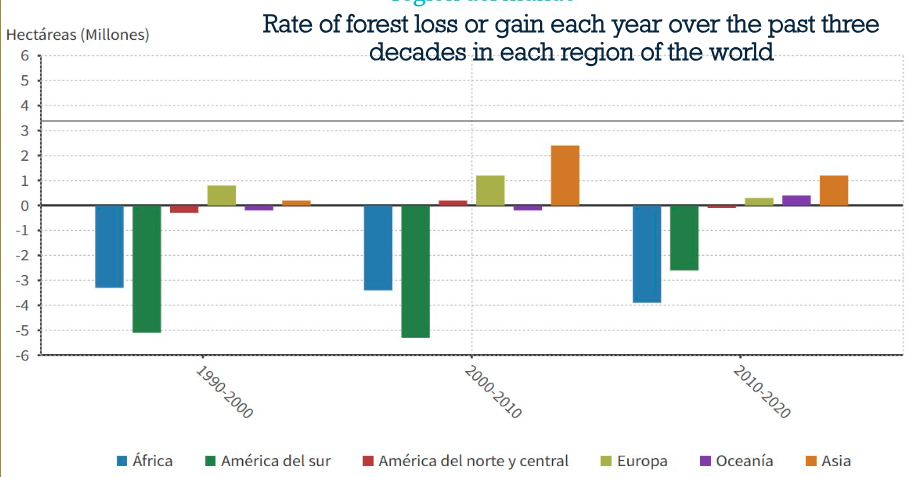
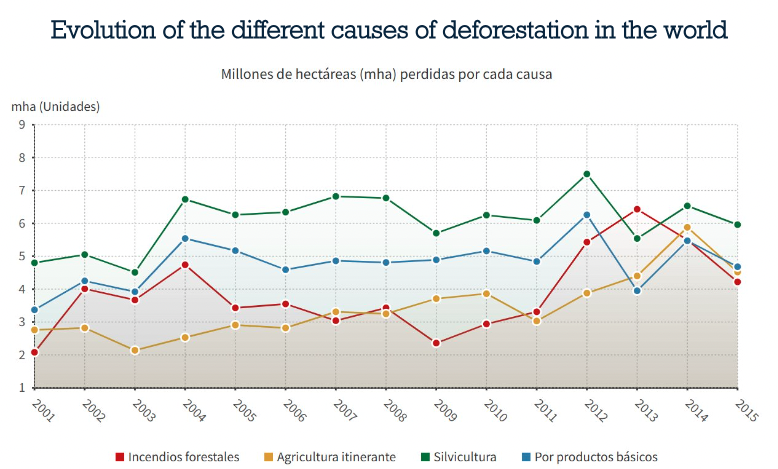
The last half-century has seen the highest rate of deforestation in human history, clearing an area equivalent to the size of Spain, Portugal, and France.
Desertification
Desertification
How can we act effectively to address this situation?
We can all contribute responsibly with small actions, such as recycling organic materials and choosing environmentally friendly consumption options, avoiding the use of plastics and polluting materials.
At Cornucopia, we direct our efforts towards the preservation, protection, and improvement of land health through various strategies:
- Our facilities avoid the artificialization of the soil and any action on it is fully reversible. We provide a resistant surface that preserves its integrity and conservation.
- We use only 4% of the necessary surface compared to traditional farming methods, maximizing efficiency, and freeing up land for potential regeneration, reforestation, and ecological use initiatives. For every Hectare (Ha) used, we free up to 24Ha, which, if dedicated to reforestation, could equate to 410 tons of CO2 captured per year.
- We completely discard the use of chemical pesticides, which contaminate the soil and aquifers for decades.
- We reduce the use of fertilizers which are 100% consumed by plants, and we do so in a closed hydroponic cycle.
- Thus, we eliminate any type of discharge to the soil.
If you'd like to dive deeper
- Science Direct (2019): Soil and the intensification of agriculture for global food security
- The Rockefeller University (2014): Searching for drugs in dirt, researchers call on citizen scientists
- DW Planet A (2022): How microbes are the answer to healthy soil
- Mit Climate Portal (Updated 2023): Greenhouse Gases
- Emissions Database for Global Atmospheric Research (2023): GHG emissions of all world countries
- United Nations Convention to Combat Desertification (2017,2022): Global Land Outlook
- FAO (2019): 5 reasons why we need to protect our soils
- National Geographic (2022): La maquinaria agrícola, cada vez más pesada, está aplastando los suelos fértiles.
- FAO and ITPS (2015): Status of the World’s Soil Resources
- IPBES (2018): The assessment report on land degradation and restoration
- WWF(2021): Deforestation Fronts
- European Court of Auditors( 2018): Informe especial “La lucha contra la desertificación en la UE: una amenaza creciente contra la que se debe actuar más intensamente”

